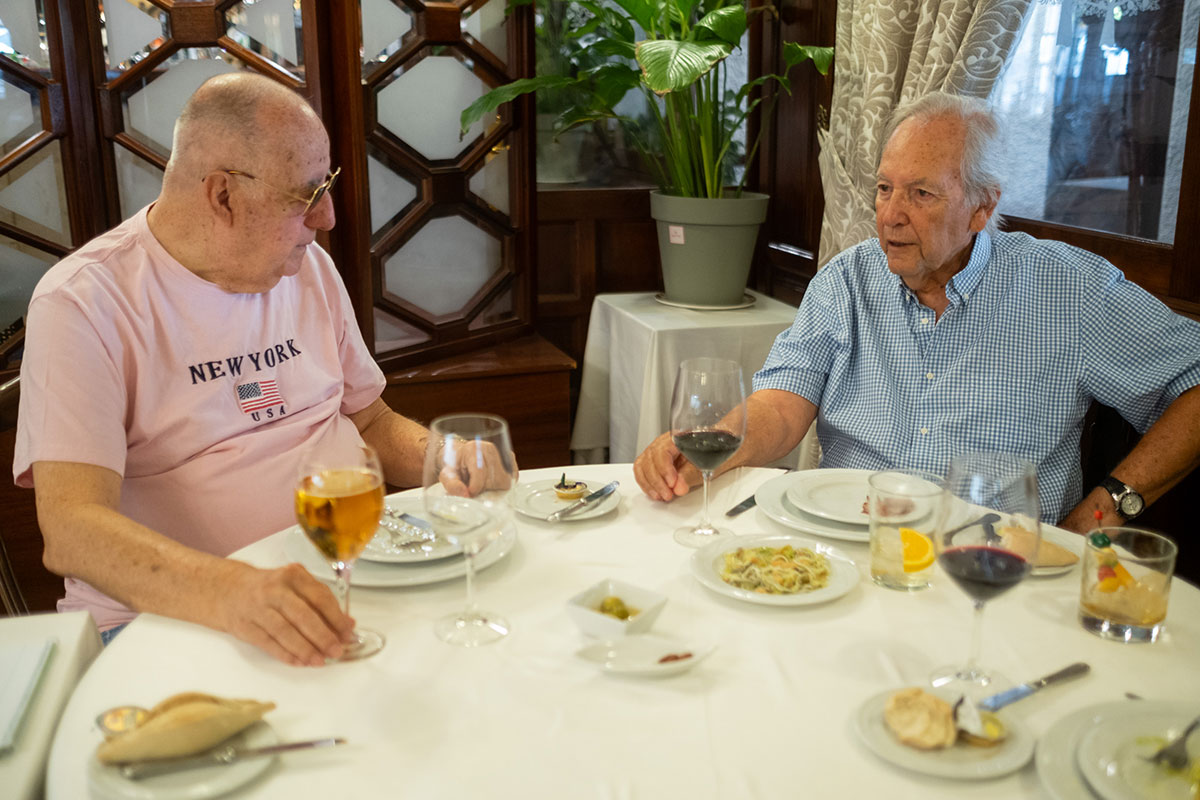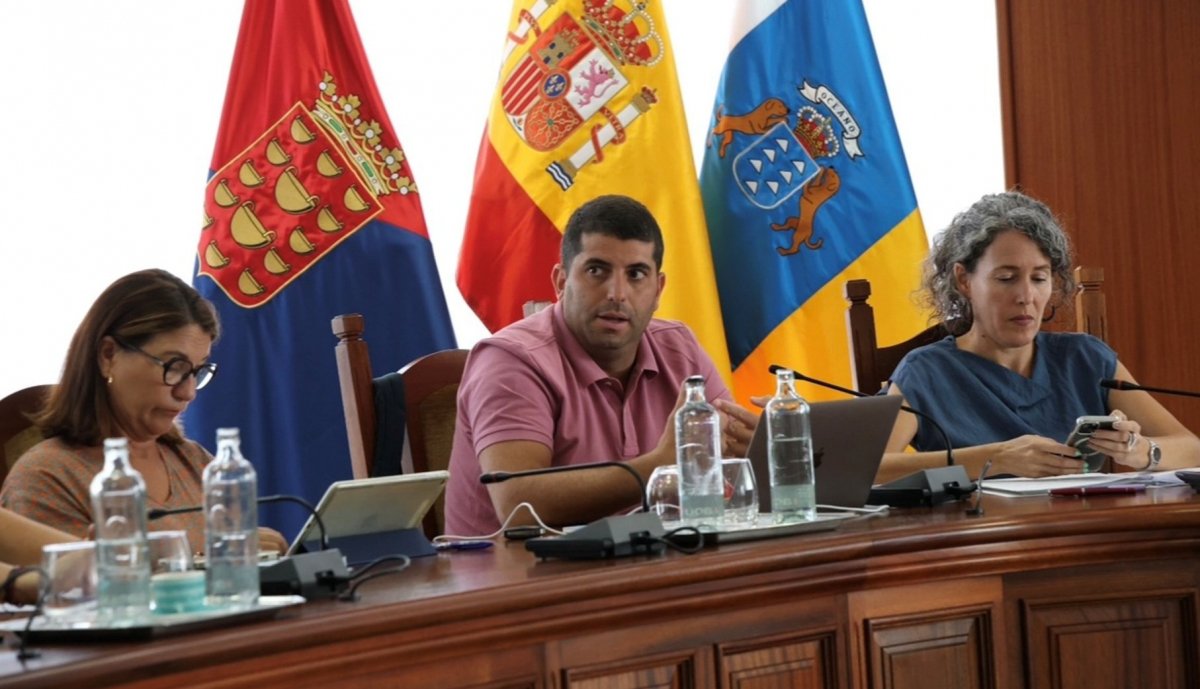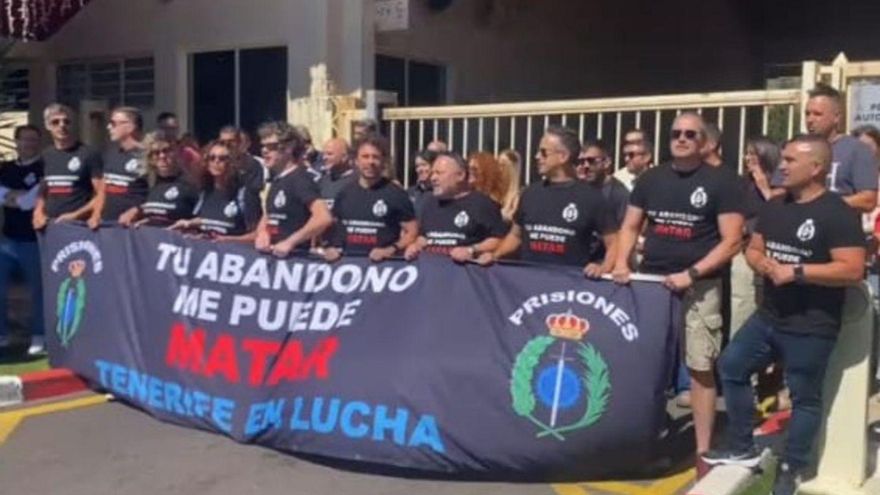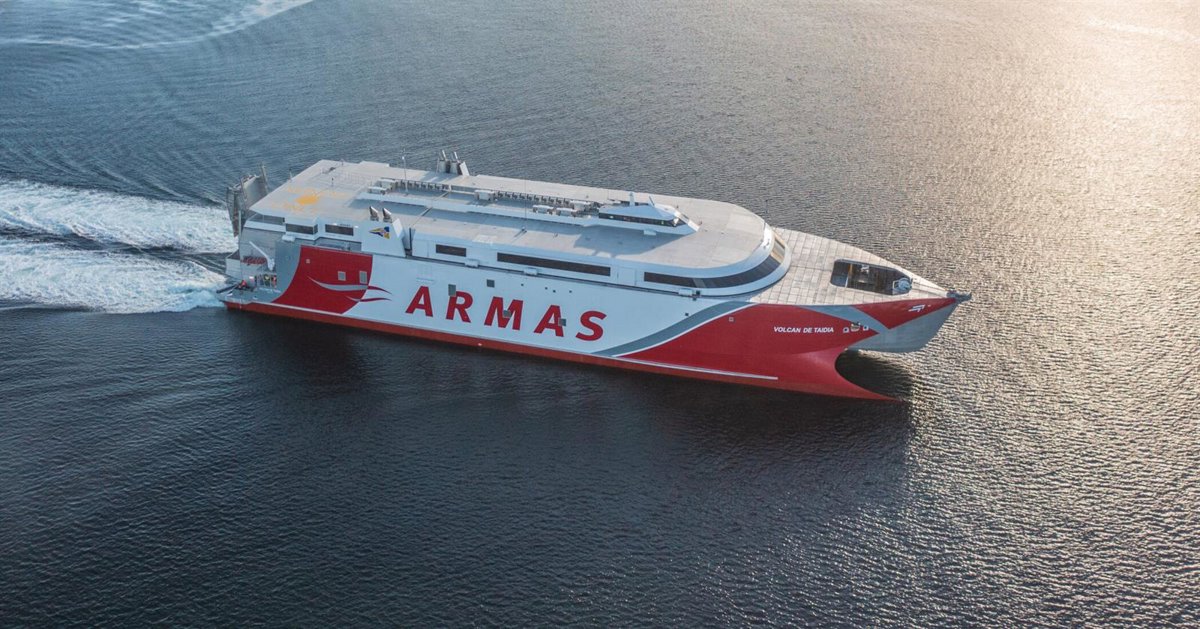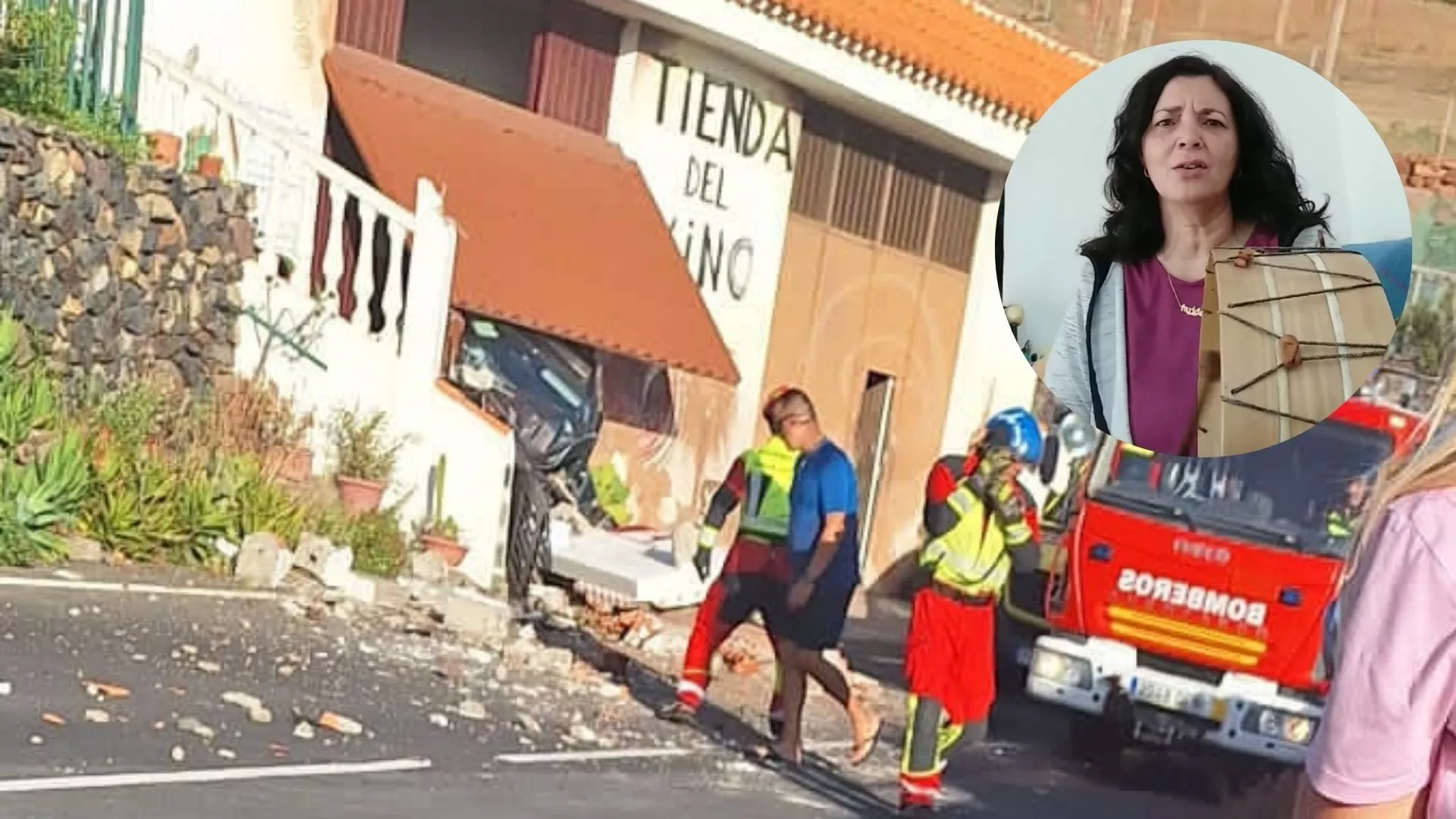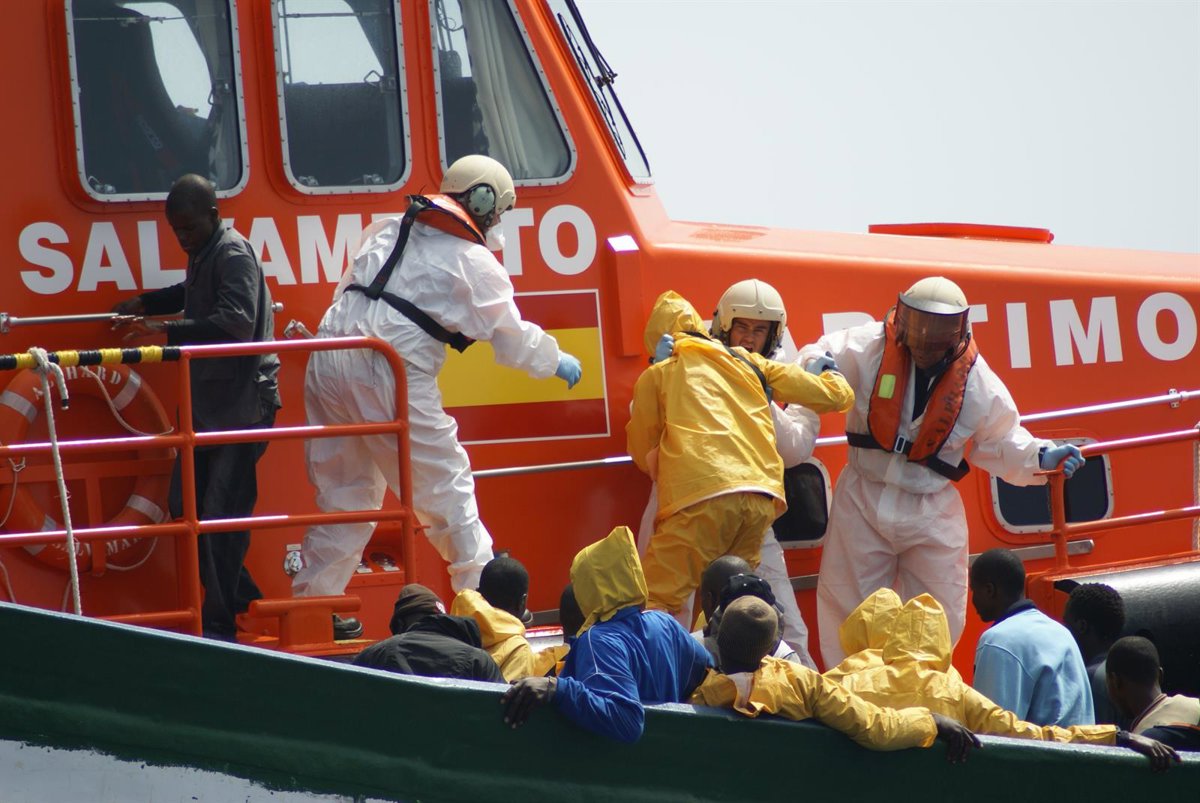Manuel Martín Bèthencourt (Santa Cruz de Tenerife, 1941) is both a graduate and a teacher, as well as an accomplished painter. He is recognised as one of our most distinguished watercolourists. In 1960, he enrolled at the Escuela Superior de Bellas Artes de Santa Cruz de Tenerife, where he studied until 1967 under the guidance of notable instructors such as Mariano de Cossío, Pedro de Guezala, Antonio González Suárez, Carlos Chevilly, Álvaro Fariña, Miguel Tarquis, and others. He graduated with a degree in Fine Arts by presenting a thesis on his own work. To date, he has held an impressive 25 solo exhibitions and has participated in numerous group exhibitions across the islands, mainland Spain, and America.
He has received the Gold Medal from the Canarian Watercolourists Association. In 1985, he became a full academic member (now an honorary member) of the Real Academia Canaria de Bellas Artes de San Miguel Arcángel. It seems to me that he has been unjustly overlooked at an institutional level. For example, he is not featured in the book collection about Canarian artists published by the regional government. Perhaps due to this unfair treatment, Manuel Martín Bèthencourt shows signs of sadness. For the fifth centenary of La Laguna, the Aguere City Council published an interesting catalogue for his exhibition. Pedro González remarked in the catalogue that Manolo possesses an “irrenunciable aesthetic concern, within a work that is sober and measured in colour.”
Concerns About the Artistic Landscape
-Manolo, no one can deny there is a significant crisis in the arts in the Canaries.
“Plastic arts in the Canaries had a notable peak in the 20th century.”
-What happened?
“Over time, it has gradually faded, and now it is only mentioned sporadically.”
-Is it just painting?
“No, not at all. This situation affects other artistic activities, including literature, music, theatre, etc. In the field of art, everything has been replaced by ‘originality’ and spectacle.”
-Perhaps the promotion of artists is in the hands of a few.
“It always has been.”
-So what’s the solution?
“The important thing is to find among ‘those few’ an honest and professional person who is capable of listening to you.”
-Do you consider yourself fortunate in that regard?
“In that respect, with its ups and downs, I have received support on many occasions, which has at least allowed my work to be publicly exhibited.”
The Role of Media in Art
-Has the almost total disappearance of written media harmed artists? I ask particularly about the lack of credible critics.
“Yes, the disappearance of those media has greatly harmed us. Such media play a fundamental role in disseminating an artist’s work. Interviews, profiles, and comments on exhibitions, for example, create essential connections with the public. Criticism is secondary, although a reasoned and balanced explanation of your work is always valuable and immensely beneficial for both the artist and the audience.”
-Some view watercolour, your specialty, as a lesser art. I assume you disagree.
“Watercolour has never been a lesser art.”
-I believe so too.
“Well, it might be considered lesser only in terms of its format. The most accomplished works of Paul Cezanne and W. Turner are watercolours, despite their smaller size. I have practiced various techniques that I know deeply and scientifically, but I have always gravitated towards water-based painting, i.e., watercolour, because of its imprecision, fluidity, and improvisation, which are qualities that assist me in my process of synthesis.”
-Who are the great Canarian watercolourists?
“Without a doubt, I would highlight my teacher and friend Antonio González Suárez as a painter and exceptional watercolourist, alongside others who came before him and who shone brilliantly, such as Nicolás Alfaro, Manuel González Méndez, Francisco Bonnín, Guillermo Sureda, Bruno Brandt, etc.”
-And on a global scale?
“There have been many. As I mentioned two of them, history confirms that all the great geniuses practiced watercolour with great skill, not only as an initial sketch but as a definitive work.”
(During our conversation, we spoke of his work. He has enough ready for a new exhibition, although there are uncertainties about its location, given the ‘queue’ at the old Instituto Cabrera Pinto in La Laguna. Let’s hope a solution is found, as Manolo Martín Bèthencourt deserves the honour of a new showcase. People are eager for another public exhibition of this great painter, whose extensive career is highly valued in the artistic realm of our country.)
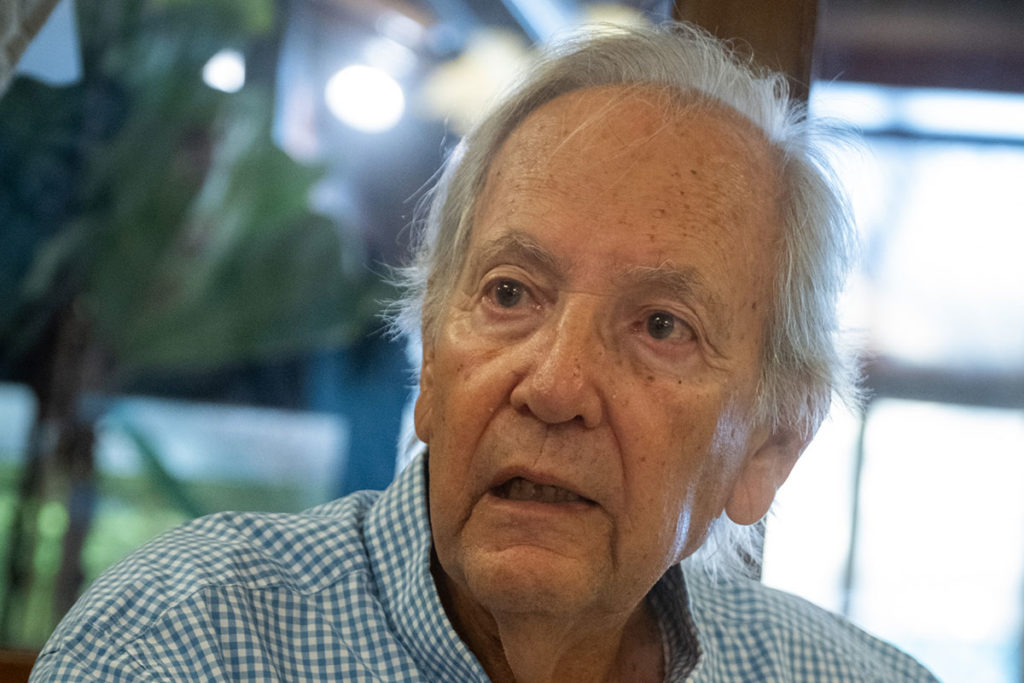
Creative Process and Future Aspirations
-Eliseo Izquierdo described your art as “a creative flight”. Do you agree?
“For many years, since I was very young, in my observation of nature, I executed countless colourful works, sketches, notes, and texts, all done from life and in contact with the air. My work has since become more contemplative.”
-Could you elaborate?
“I observe until I discover a centre of interest that is illuminated, and I start from that point towards the composition, working only from memory.”
-This aligns with Eliseo’s statement.
“Yes, because for me, the canvas is an illuminated surface where the painter incorporates their figures. It then becomes a pure ‘creative flight’.”
-Do you believe artists are unprotected in our region?
“Visual artists face serious challenges when it comes to exhibiting our work.”
-Why is that?
“Because the programming is huge and the demand is overwhelming. That is the crux of the issue.”
-Is there also a lack of interest?
“Call it what you will. The media seem uninterested in visual art, which appears to be a taboo subject or simply lacking in appeal. Thus, progressing in studies, especially for the young, is practically unattainable. And this makes me wonder if artists truly have any kind of protection.”
-Is culture in the archipelago in the hands of sectarians?
“Major cultural events are typically connected with power.”
-That is indeed true.
“And sometimes you wonder how it is possible to achieve high levels of promotion.”
-Does ideology play a role in achieving success?
“Undoubtedly, power lurks behind everything, and we can include certain political ideologies that, by the way, have nothing to do with painting.”
(In total, the interview at Los Limoneros turned into discussions about various issues: medicine (there were doctors present), memories from a past era, that of Sábato, Jorge Manrique, and others present during the conversation. At his age, Manolo Martín Bèthencourt remains enthusiastic and even has projects that excite him, which is very motivating. We spoke extensively, well past six in the evening, about many topics unrelated to art, especially painting. We discussed the injustice faced by some painters and how they are treated, along with figures from Tenerife’s history and dozens of anecdotes that are not pertinent to my interview with the artist.)
A Notable Recognition
-You were one of the selected artists for the V Centenary exhibition of La Laguna. What did that mean to you?
“It was something very significant as a painter.”
-And a mark of recognition.
“Yes, particularly due to the guidance and collaboration from the Real Academia Canaria de Bellas Artes de San Miguel Arcángel, through its representatives. Especially from Eliseo Izquierdo, who brought a high level and brilliance to the exhibition, along with a wide dissemination of it.”
-The Academy has played a vital supporting role.
“The support and assistance for artists have always been the concern of the Real Academia, which has been unconditionally committed to this mission, and for me, it is worthy of high praise.”
-Well then, according to our conversation, you have projects.
“Indeed, I would like to hold an exhibition showcasing work from a broad period.”
-So, not just your most recent work.
“That too, but perhaps as a synthesis or summary of my work as an artist over the years. In the meantime, I will continue with my ongoing learning in this eternal process of preparation demanded by creation.”
-Which has no end.
“No, it has no terminus, but it is a testament to an irremediable vocation.”
-Well, keep going, maestro.


